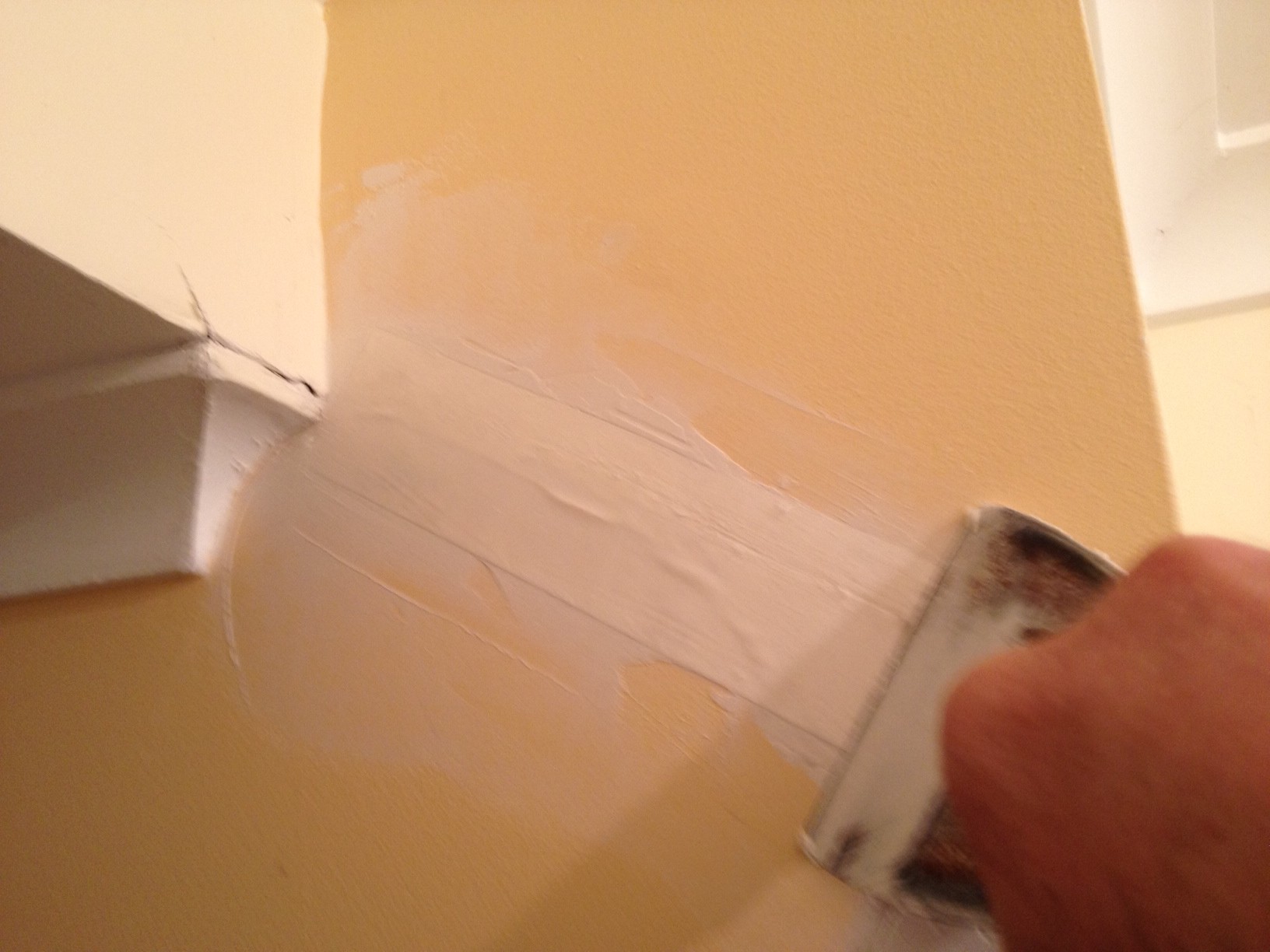 Cornices are beautiful architectural features that add elegance and charm to our homes. However, if you've ever noticed cracks forming along the edges of your cornices, you're not alone.
Cornices are beautiful architectural features that add elegance and charm to our homes. However, if you've ever noticed cracks forming along the edges of your cornices, you're not alone.
Cracks in cornices can be unsightly and concerning, but understanding why they occur can help you address the issue effectively. In this article, we'll explore the common reasons why cornices crack and discuss practical solutions to prevent and repair them.
1. Natural Aging and Wear
One of the primary reasons why cornices crack is the natural aging and wear of the materials used in their construction. Over time, the materials comprising cornices can weaken, making them more susceptible to cracks.
Just like any other part of your home, cornices experience wear and tear, especially if they're exposed to the elements or fluctuations in temperature.
Solution
While you can't stop the natural aging process, you can take steps to maintain your cornices. Regular inspection and maintenance can help identify early signs of wear, allowing you to address them before they escalate into larger issues.
Additionally, investing in high-quality materials during construction can prolong the lifespan of your cornices.
2. Improper Installation
Improper installation is another common culprit behind cornice cracking. Using inadequate adhesives, failing to allow materials to acclimate before installation, and not securing the cornices properly to the ceiling and wall can all contribute to cracks.
Essentially, shortcuts taken during the installation process can lead to structural weaknesses in the cornices.
Solution
When installing cornices, it's crucial to follow manufacturer guidelines and best practices. Ensure that you're using the right adhesives and allowing materials to adjust to their environment before installation.
Properly securing the cornices to both the ceiling and wall provides essential support and reduces the risk of cracking over time.
3. Physical Impact and Stress
Cornices are susceptible to damage from physical impact and stress. Activities such as moving furniture or accidental bumps against the walls can put pressure on the cornices, causing cracks to form.
Even minor incidents can weaken the structural integrity of the cornices and lead to visible damage.
Solution
Be mindful of potential sources of physical impact and stress around your cornices. Take care when moving furniture and avoid bumping into walls unnecessarily.
Installing furniture pads and taking precautions during home activities can help minimise the risk of damage to your cornices.
4. Ground Movement and Natural Settling
Over time, homes may experience ground movement and natural settling, which can manifest as minor cracks in walls or cornices. These movements are often gradual and may occur several years after the house has been completed.
Factors such as soil composition, moisture levels, and geological conditions can influence ground movement.
Solution
While it's challenging to prevent natural settling entirely, you can mitigate its impact on your cornices by maintaining a stable foundation. Regularly inspecting your home for signs of settlement, such as cracks in walls or uneven floors, allows you to address underlying issues before they affect your cornices.
5. Extreme Temperature Changes
Extreme temperature changes, especially in regions like Perth, can exacerbate the risk of cornice cracking. Fluctuations in temperature cause materials to expand and contract, putting stress on the cornices and potentially leading to cracks over time.
Solution
Implementing climate-appropriate construction techniques and materials can help minimise the impact of temperature changes on your cornices. Additionally, maintaining a consistent indoor temperature and controlling humidity levels can reduce the strain on your home's structural elements.
Cornice Integrity: Empowering Homeowners for Lasting Beauty
Dealing with cracks in your home's cornices is a pretty common headache for many homeowners. But if you want to tackle them head-on and keep your walls looking pristine, it's essential to know what's causing those pesky cracks in the first place.
By understanding the root issues, you can fix them properly and prevent them from cropping up again. So, let's talk about how to repair spider cracks in plaster walls, shall we?
These cracks, often resembling a spider's web, can show up due to various reasons like structural settling, temperature changes, or even just the natural aging of your home. The key is to get ahead of the problem.
With a little knowledge and some elbow grease, you can keep your cornices looking fabulous for generations to enjoy. So, roll up your sleeves, grab your tools, and let's get those cracks patched up!
Comments on “Why Do Cornices Crack? Understanding the Causes and Solutions”